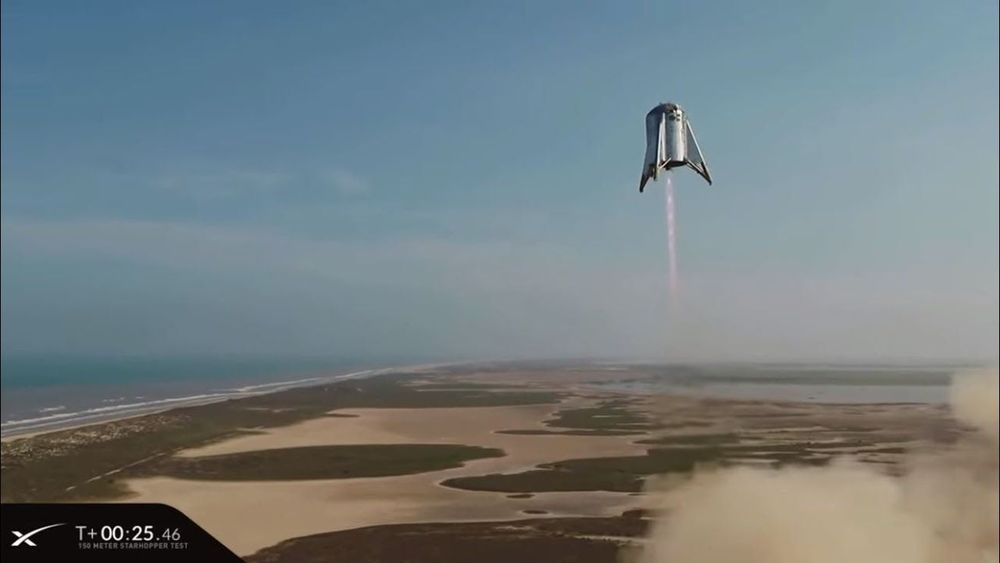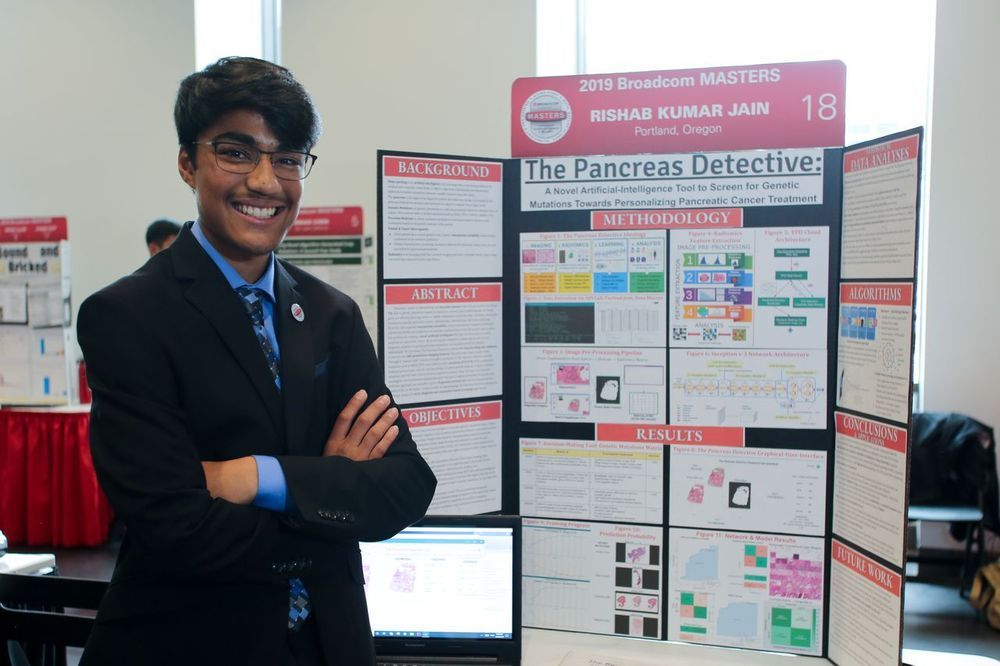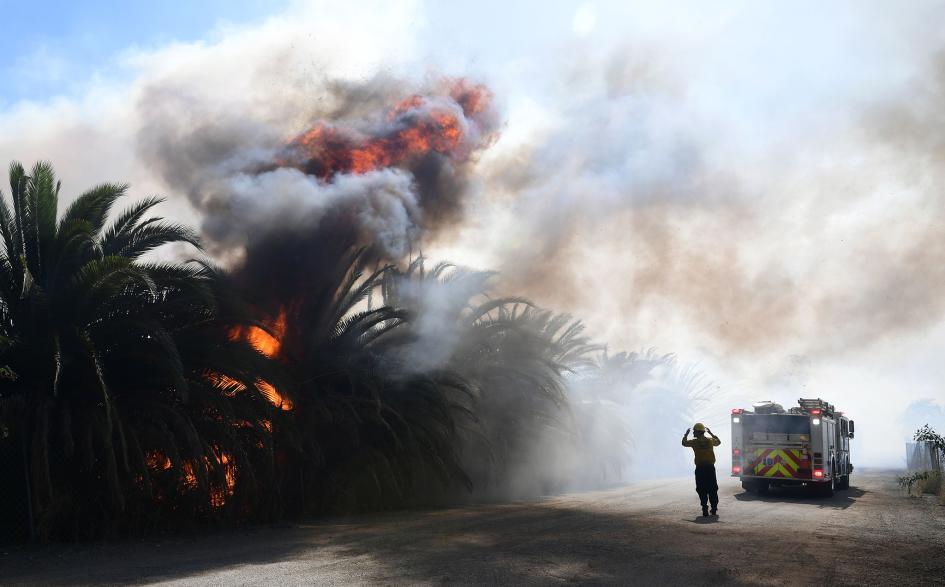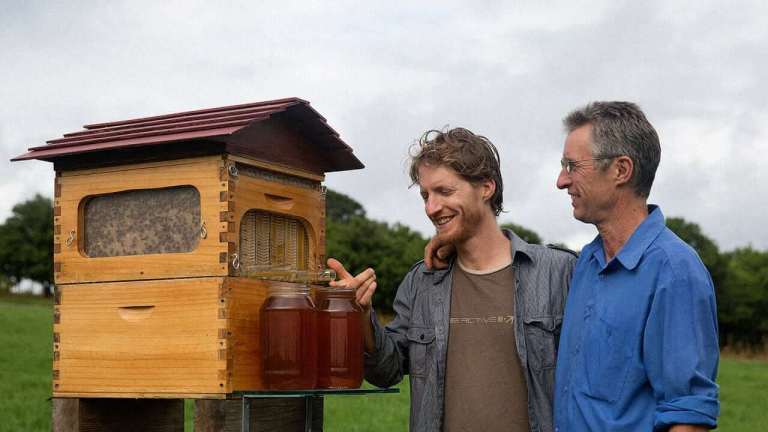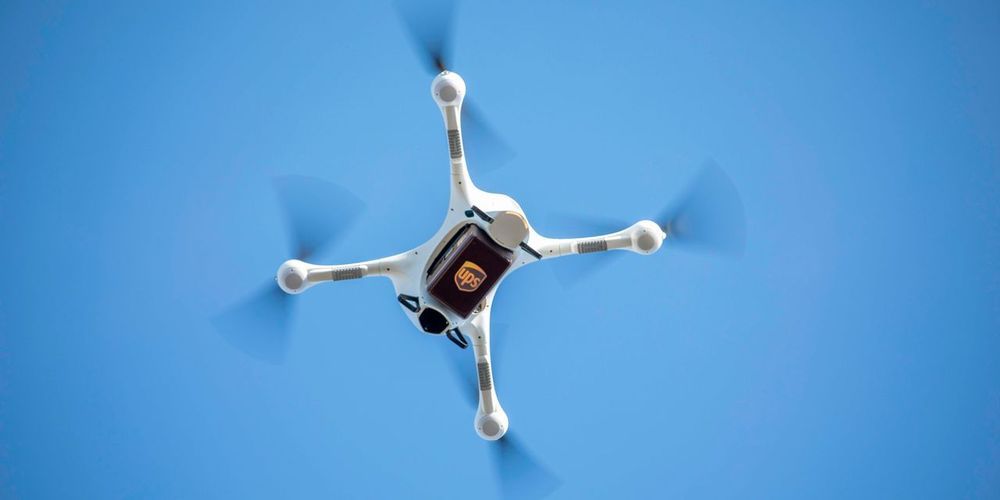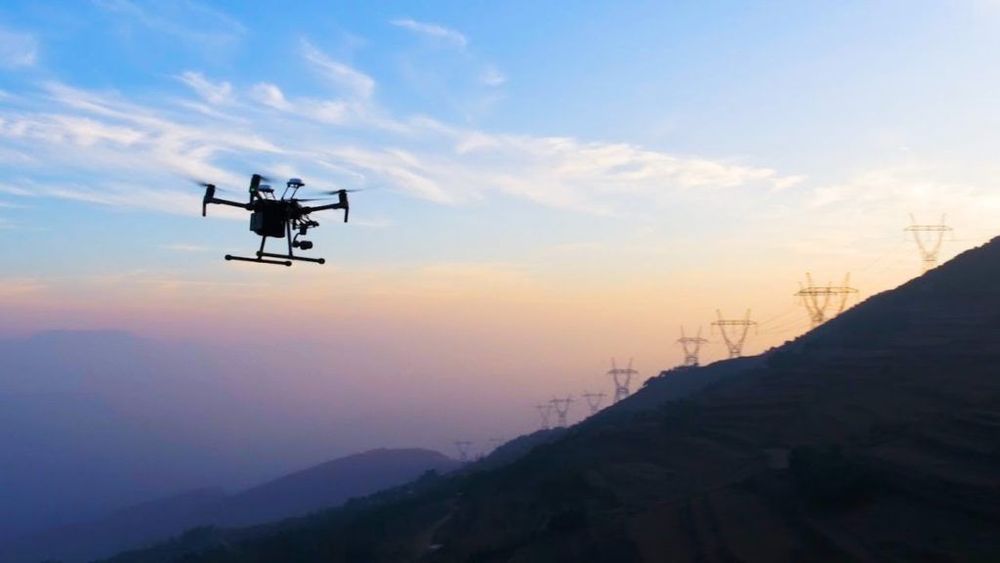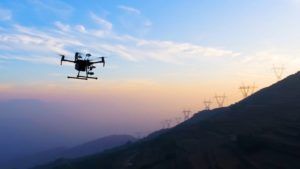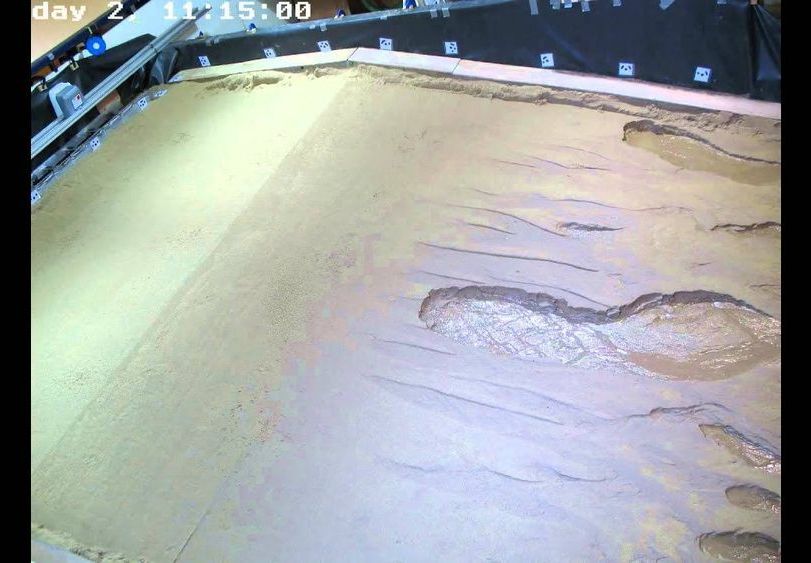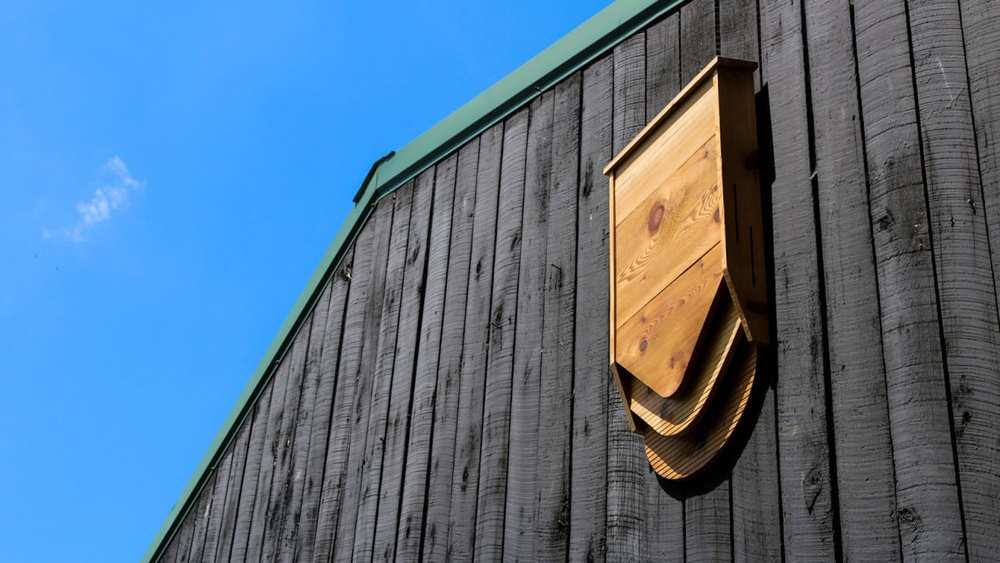“There are a number of critical technologies that have to be assessed and tested before we go to Mars,” he told Quirks & Quarks host Bob McDonald.
His short-list includes reusable landers, new space suits, mining gear, water and fuel production plants and safe nuclear power sources that could be used to power habitats and equipment on the red planet.
Thirsk himself is currently working with the Canadian Space Agency to investigate the unique biomedical and health care issues involved in long term deep space missions.
